?
More than any other aid skills, your attitude determines how successful you are in a situation. The Most Important Everyone :-) Should Know. There is nothing more essential than this. These 6 address your need for , , , signaling, navigation and having a good attitude.
Wikipedia says means " is the struggle to stay alive". Often, the first thing you may need in a in is a :-) that protects you. Then you'll need a form of hydration and then . But to speed up all of this, you can use to level up, which we'll explain later. Check out the Red Cross site to see how you can build your own emergency .
We will explore every need in turn. Some foods need to be processed to be consumed. is the highest level of priorities that we have discussed in our hierarchy of needs. can heat your and make it more efficient, boil , make more consumable, :-) and help create tools.
It's not enough to have a lighter. most valuable skills are techniques that a person can use to sustain life in any type of natural or built environment. These techniques are intended :-) to provide the basic needs for human life, including , and . Top Skills also support proper knowledge and interactions with animals and plants to promote life support over a period of time.
If you want to learn a primitive technique for starting a by friction I suggest you learn how to make :-) a bow drill , but this is definitely not a .
if you are able to start and light a with a single match, then you are better prepared to start a in a or . If you're stranded in the woods during the day, you might struggle to survive, but at least you can :-) see where you're going. Knot-tying, an often overlooked , can help your chances of
by helping you build a , set traps and create tools. There are :-) more advanced things you need to know to survive, such as starting the without gears or knowing how to navigate the stars.
This isn't a foolproof method of staying warm, but if you don't have the tools or specific to build a or a , it could mean the difference between surviving and freezing. Many people who :-) are forced to live through situations are often at risk of being in danger due to direct exposure to the elements. Being stranded on an island can be a bit of a stretch, but when you get lost in the woods, you have nothing else to do except survive. Learning or for safety in your :-) backyard is an easy and safe way to prepare before going out into nature.
However, merely finding a is not enough. You have to make sure that you can actually drink it. There are a lot of ways to filter to make it :-) safe for consumption, the most common ones being boiling, filtering, and chemical treatment. Check out the video above to learn how to through boiling.
Collect and creating Potable Sourcing clean drinking is perhaps the single most needed in a . Unfortunately, natural sources are not always hygienic and can harbor parasites, viruses, and bacteria. You can create potable in the wild with a few simple :-) techniques that you can easily practice at home.
If you have a personal filter such as a LifeStraw or a Sawyer Mini , you should :-) be covered. However, pre-filtering before running it through your filter is always a . I'm talking about muddy with large particles that could clog your filter. A second option would be purification tablets .
Shelter
Sheltering is a that will prepare you for harsh conditions. It's an that can be useful when you're out on an extended trip. :-) Having can prevent you from becoming stranded in an area with no means of . You can also find ways to gather and boiling .
Sheltering can be tricky, so practice makes perfect. While you're building a , you should :-) consider the temperature of the place where you're going to be living. Generally speaking, shelters should be large enough to accommodate everyone inside, while not encroaching on other people's personal space.
When building a , choose materials that are both natural and strong enough to protect you from the elements. Try to avoid using rocks or trees that drop branches, as these will cause the to collapse. It also helps to build a far away from game trails, :-) as you don't want animals coming to visit you in the middle of the night.
Sheltering is one of the most , and it is also the most vital. Not only will it protect you from predators, but it will also keep :-) you warm at night. You can create a lean-to by using wood stakes, a rope, and some kind of roofing material. During winter, you can even build a snow with snow and branches.
Signaling
After all, you're asking for help and admitting that you can't do it alone. However, it's the set most likely to get you rescued. Modern technology can do a lot for us when we carry and use locator beacons and even our mobile phone. There are a few other signaling tools that are not as "push-button" in operation and require practice.
Just one example is the use of a signal mirror. The beam of sunlight redirected from a mirror can be noticed :-) up to 10 miles away, but it's quite a challenge to reach a target with that beam, even when it's a few hundred meters away. These require practice, and it's best to do it before you get into trouble (not while you're in trouble). As children, we all learned to tie our shoes.
Signage is unique among , giving you the means and ability to alert each and every potential rescuer that you need help. , flashing light, brightly colored markers, flags, mirrors and whistles can help :-) them find you. Three triangular-shaped fires are a recognized distress signal.
Carefully aim your signal fires to prevent the surrounding area from igniting. Use normal signal :-) mirrors only when you can see an airplane or people in the distance. Use an emergency strobe light at night to help attract the attention of people who may be in the area. Make smoky with organic material over the during the day to attract attention.
Design ground messages to the air signal in an open field, S, O, S. From rocks, logs or colored clothing, whatever is seen against the background. Most search and rescue groups use airplanes as their primary method of observation. If you need a cutting edge, choose a piece of flint :-), chert, obsidian or similar rock.
Wilderness Navigation Techniques
If you are going to hike in the wilderness, it is important to learn some wilderness navigation techniques. One of the most basic techniques is to know where :-) north and south are. This can be done without a compass if the weather is clear and sunny. The first step is to get your wristwatch and align it with the hour hand that faces the sun. Next, draw a line with the hour hand and the twelve o'clock mark on your watch. This will give you a north-south line, where north is the direction away from the sun.
Wilderness navigation techniques are useful for determining direction, which can be a difficult task without a map. Usually, direction is derived from landmarks and routes, but when these are unavailable or damaged, local knowledge can be helpful. Other techniques for determining direction include using landmarks, shorelines, watercourses, altimeter readings, and firebreaks.
Another technique for wilderness navigation is using a GPS receiver. GPS receivers contain a built-in feature called waypoints. These can be preloaded using the keypad, downloaded from a personal computer, or added on the fly during the hike. GPS :-) receivers have the capability of storing several hundred waypoints. A group of consecutive waypoints is known as a route. A track represents a path between waypoints.
Orienting yourself in the wilderness is a critical . While there is no definite way to avoid getting lost, knowing where you are can be life or death. In addition to mapping, wilderness orientation techniques are useful for identifying handrails and baselines, and even navigating through tricky terrain. It may not be the fastest route, :-) but it can save you from getting lost.
Have Positive mental attitude
Your best tool for is a Positive Mental Attitude. (PMA). You need to accept you are in serious trouble, activate your PMA and get your steps in motion and realize and accept that you are in a potentially life-threatening situation. Do an Inventory Depending :-) upon what caused your emergency in the first place.
Your best tool is right between your ears. These steps can be repeated as needed and acted upon accordingly. Regardless if your only forays into the outdoors are through participation in casual recreational activities, the more basic skills you :-) have, the better you may be at coping.
Mental toughness can be literal lifesavers under the dire circumstances of a .
Positivity is going to boost your resiliency, your creativity, and your overall mental toughness :-) so that it is easier for you to endure anything that comes your way.
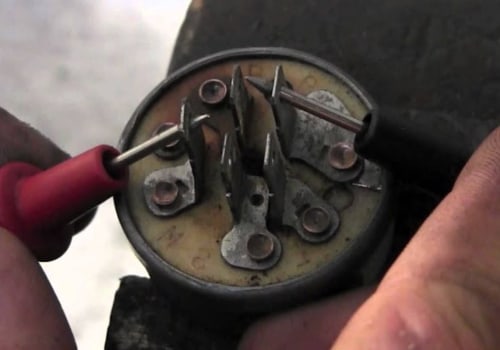
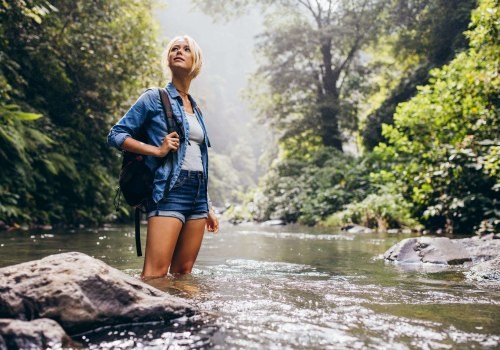
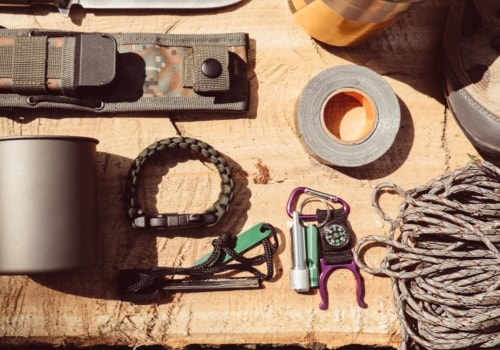
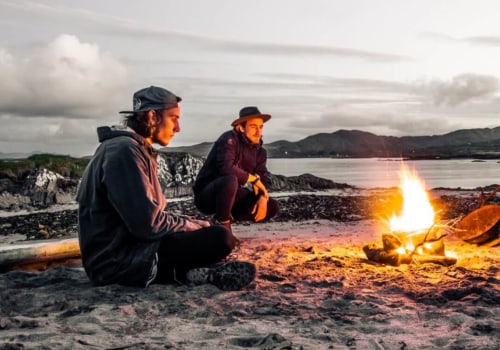
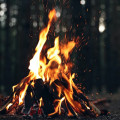
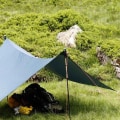

Leave Reply